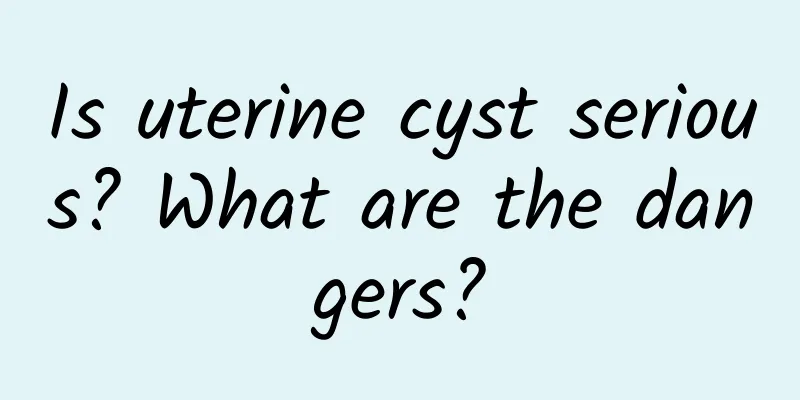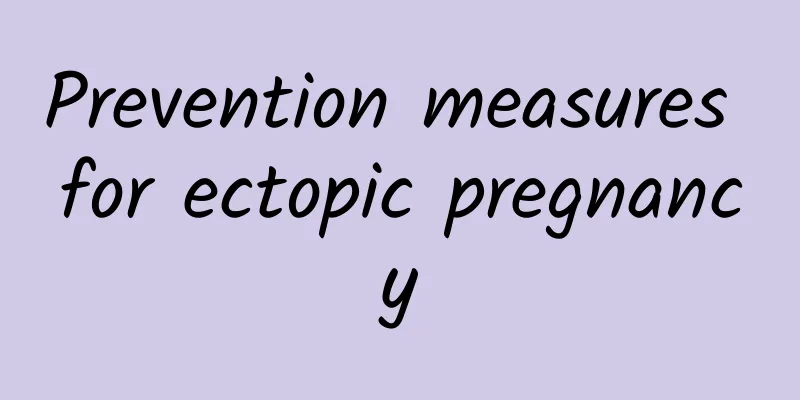Traditional Chinese medicine treatment of bleeding after abortion

|
Traditional Chinese medicine believes that post-abortion bleeding is mostly caused by the damage of the Chong and Ren meridians to the uterus during the abortion operation, or residual tissue in the uterine cavity, which blocks the uterus; or insufficient Qi and blood in the body, coupled with the loss of blood and Qi due to abortion, which leads to the loss of Chong and Ren meridians. The content of syndrome differentiation and treatment is as follows: 1. Uterine stasis syndrome The patient's bleeding volume varies, or it may be continuous and dark purple in color with blood clots. It is accompanied by paroxysmal pain in the lower abdomen, lumbar pain, nausea and vomiting, dizziness and fatigue, poor appetite, thirst without desire to drink, constipation and other symptoms. The tongue is dark purple and the pulse is thin and wiry. Treatment method: Promote blood circulation and remove blood stasis, consolidate Chong and stop bleeding. The prescription used is Shenghua Tang with modifications. The ingredients of Shenghua Tang are: angelica, chuanxiong, licorice, peach kernel, dried ginger, rice wine, and urine of children. The ingredients can be added or subtracted according to the symptoms. 2. Qi and blood deficiency syndrome Patients present with heavy bleeding, or continuous bleeding, light red in color, abdominal distension, or accompanied by low back pain, backache, dizziness, fever, fatigue, poor appetite, palpitations, insomnia, and excessive sweating. The tongue is light red with teeth marks, and the pulse is weak. Treatment method: replenish qi and blood, consolidate Chong and stop bleeding. The prescription is Bazhen Decoction with modifications. The ingredients of Bazhen Decoction are: Angelica sinensis, Chuanxiong, Rehmannia glutinosa, White Peony Root, Ginseng, Atractylodes macrocephala, Poria cocos, and Licorice. The ingredients can be added or subtracted according to the symptoms. 3. Damp-heat stagnation syndrome The patient has a variable amount of bleeding, dark purple, thick and foul-smelling, lower abdominal pain, backache, dizziness, fever, poor appetite, greasy mouth, scanty and yellow urine, red tongue, yellow and greasy coating, and a thready pulse. Treatment method: clear away heat and dampness, resolve blood stasis and stop bleeding. The prescription is Gujing Pills with modifications. Gujing Pills are composed of: Scutellaria baicalensis, white peony root, tortoise shell, Chinese toon root bark, Phellodendron chinense, and Cyperus rotundus. The dosage can be increased or decreased according to the symptoms. It should be noted that patients must use the above prescriptions under the guidance of a professional doctor. |
<<: Three possible outcomes of ectopic pregnancy occurring in the fallopian tube
>>: Contraindications and indications for curettage of artificial abortion
Recommend
Causes of different sizes of endometrial tuberculosis
We must correctly grasp the cause of endometrial ...
What are the causes of adenomyosis?
How is adenomyosis caused? What is the cause? 1. ...
Gynecologists outline the symptoms of dysmenorrhea
It is good to know the symptoms of dysmenorrhea. ...
What are the consequences of uterine atrophy? Directly causing infertility
If the uterus shrinks, the endometrium will becom...
Don't let uterine fibroids get to you!
What are the causes of uterine fibroids? There is...
What is the cause of adnexitis?
Adnexitis refers to inflammation of the fallopian...
The reason why incomplete uterine involution can induce cervical hypertrophy
For many women, cervical hypertrophy is one of th...
Inflammation caused by gynecological diseases can easily turn into vulvar leukoplakia
The occurrence of gynecological diseases such as ...
A brief introduction to the symptoms of functional dysmenorrhea
"What are the symptoms of functional dysmeno...
What is the cause of chocolate ovarian cysts?
What is the cause of chocolate ovarian cysts? Cho...
Calcium deficiency in young children: Calcium supplementation is safe and effective
Taipei Mayor Ko Wen-je recently proposed a policy...
Can abortions five years ago be detected? Women who want to have an abortion must know these common sense
Everyone makes mistakes, after all, no one is a s...
What are the dangers of premature menopause in women
Premature menopause in women is mostly caused by ...
Causes of cervical warts
Cervical warts have a serious impact on the patie...
What are the main advantages of painless abortion?
Painless abortion is very common in life. Many pa...









